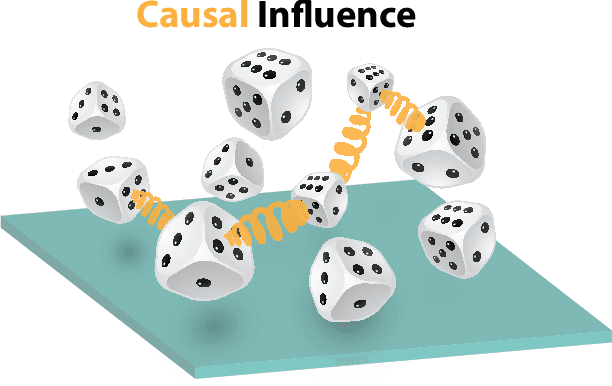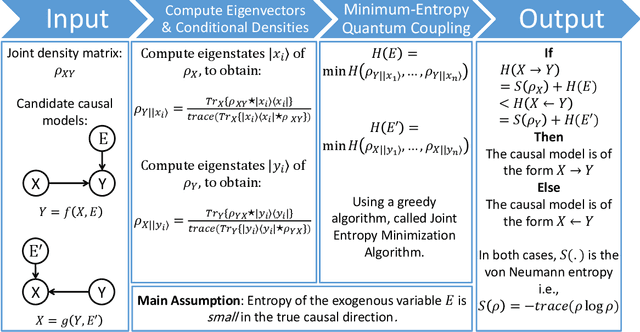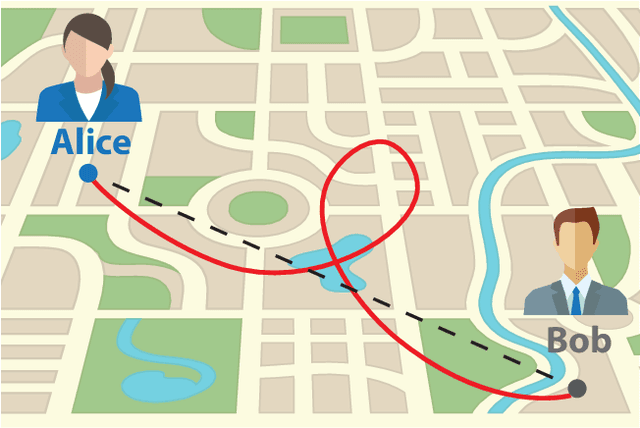Fanglin Bao
Why is thermal imaging textureless
Jul 28, 2023Abstract:Thermal imaging can enable night vision but is usually textureless, well-known as the ghosting effect. The mechanism of this ghosting effect has recently been explained, and TeX vision has been proposed to overcome the ghosting effect. However, it is still unknown for realistic scenarios with non-uniform temperature whether TeX vision can correctly recover geometric textures and how its performance is compared with traditional thermal imaging. Here, we focus on the interplay of geometric textures and non-uniform temperature which is common in realistic thermal imaging, and demonstrate the failure of traditional approaches while TeX vision successfully recovers geometric textures. We also analyze important yet unexplored aspects of the TeX vision theory, and demonstrate a true night vision like broad daylight with the experimentally more feasible Bayer-filter setup. This deepens the understanding of the ghosting effect and bridges the gap between the TeX vision theory and the consumer thermal-imaging market.
Quantum Entropic Causal Inference
Feb 23, 2021



Abstract:As quantum computing and networking nodes scale-up, important open questions arise on the causal influence of various sub-systems on the total system performance. These questions are related to the tomographic reconstruction of the macroscopic wavefunction and optimizing connectivity of large engineered qubit systems, the reliable broadcasting of information across quantum networks as well as speed-up of classical causal inference algorithms on quantum computers. A direct generalization of the existing causal inference techniques to the quantum domain is not possible due to superposition and entanglement. We put forth a new theoretical framework for merging quantum information science and causal inference by exploiting entropic principles. First, we build the fundamental connection between the celebrated quantum marginal problem and entropic causal inference. Second, inspired by the definition of geometric quantum discord, we fill the gap between classical conditional probabilities and quantum conditional density matrices. These fundamental theoretical advances are exploited to develop a scalable algorithmic approach for quantum entropic causal inference. We apply our proposed framework to an experimentally relevant scenario of identifying message senders on quantum noisy links. This successful inference on a synthetic quantum dataset can lay the foundations of identifying originators of malicious activity on future multi-node quantum networks. We unify classical and quantum causal inference in a principled way paving the way for future applications in quantum computing and networking.
 Add to Chrome
Add to Chrome Add to Firefox
Add to Firefox Add to Edge
Add to Edge